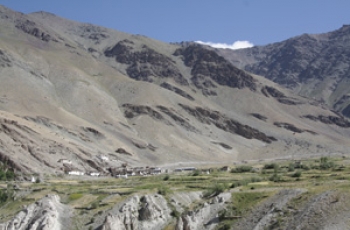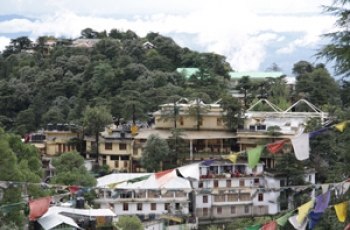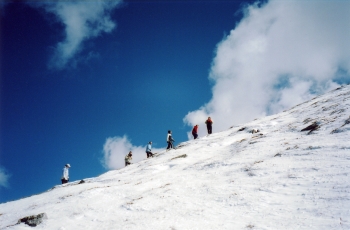Rajastan
.jpg)
Rajasthan, the Land of the Kings, is India’s most colour-charged state. Like a legend come to life, the state is packed with Magical towns and cities Here the fearsome Rajput warrior clans ruled with gilt-edged swords, plundered wealth and blood-thick chivalrous codes. A vast and wonder-laced state with treasures more sublime than those of fable, the Land of the Kings paints a bold image. Compiling a must-see list in Rajasthan can cripple the fussy traveller: Meherangarh looming over bright blue Jodhpur, the giant gold sandcastle at Jaisalmer, the palaces and pageantry of Udaipur, Pushkar’s reverent yet carnival charm, the storybook whimsy of Bundi and the havelis (traditional, ornately decorated residences) sprinkled through Shekhawati – see them all, and you’ll see a month fly by faster than the express bound for Pakistan. Like a microcosm of Mother India, there’s also abundant wildlife and warm people, glitz and camels, soulful music, glittering saris, tottering turbans and a surprisingly rich cuisine. Yet Rajasthan’s largely rural population has grown tired of its own backward-looking image. Jaipur, the dusty pink capital, has rapidly become a fast-paced, modern Indian city, and literacy has made a rapid rise in the region. While the land is invariably harsh and droughts are a constant menace, imaginations are now fixed firmly on the future. The state is diagonally divided into the hilly southeastern region and the barren northwestern Great Thar Desert, which extends across the border into Pakistan – now accessible via train. The highest point is reached at the pleasant hill station of Mt Abu
Pushkar
Location
The small and beautiful town of Pushkar is set in a valley just about 14 km off Ajmer in the north Indian state of Rajasthan. Surrounded by hills on three sides and sand dunes on the other, Pushkar forms a fascinating location and a befitting backdrop for the annual religious and cattle fair which is globally famous and attracts thousands of visitors from all parts of the world.
Climate
Pushkar has an extreme climate. The maximum temperature during the summers can go up to 40-45oC while in the winters it can be below 10oC. There is not much rain during the monsoon. The best season to visit this place is in the winters (October to March).
Importance
Pushkar is among the five dhams or pilgrimages that are held in high esteem by Hindus, the others being Badrinath, Puri, Rameswaram, and Dwarka. It is said that in battle lord Brahma killed the demon Vajra Nabh with a lotus flower, whose petals floated down to earth and landed in three places in and around Pushkar where lakes sprang up. According to legends, Pushkar Lake was surrounded by 500 temples and 52 palaces (several rajas and maharajas maintained palaces here for pilgrimage) at one point. The Brahma temple is the most important temple here and is, in fact, the only Brahma temple of India.

Nun Kun Expedition
Destinations:Delhi - Leh - kargil...
Trip Duration:24 days
Best Time:May - Nov
View Details
Spiti - Kinnaur - Ladakh tour
Destinations:Kalpa-Kaza-Ladakh...
Trip Duration:15 days
Best Time:May - Nov
View Details
Lamayuru-Darcha Trek
Destinations:Ladakh/Zanskar...
Trip Duration:25 Days
Best Time:May - Nov
View Details
Manali Leh Mountain Bike
Destinations:Manali - Serchu - Je...
Trip Duration:15 Days
Best Time:May - Nov
View Details
LADAKH-DHARAMSHALA TOUR
Destinations:Dhramsala-Ladakh...
Trip Duration:16 days
Best Time:May - Nov
View Details




